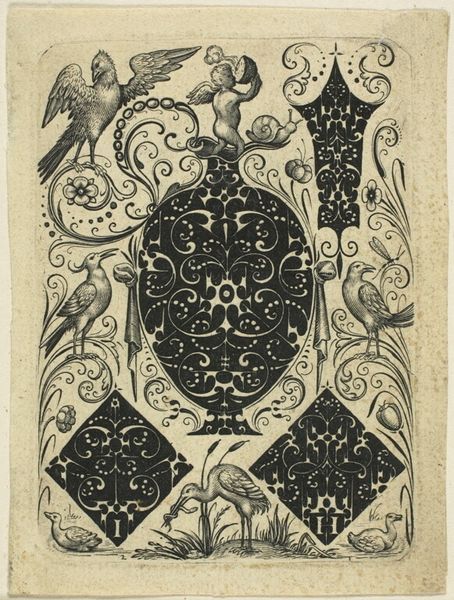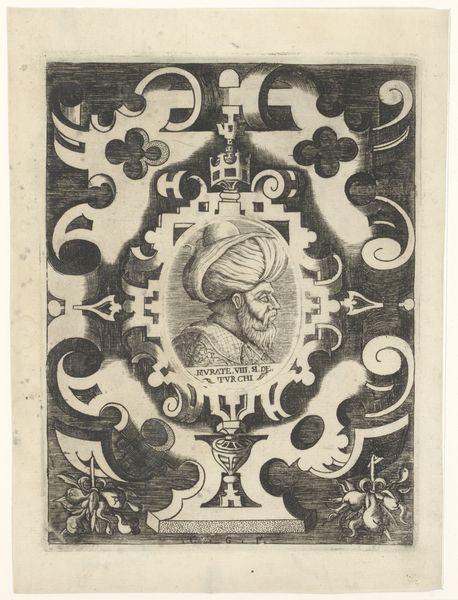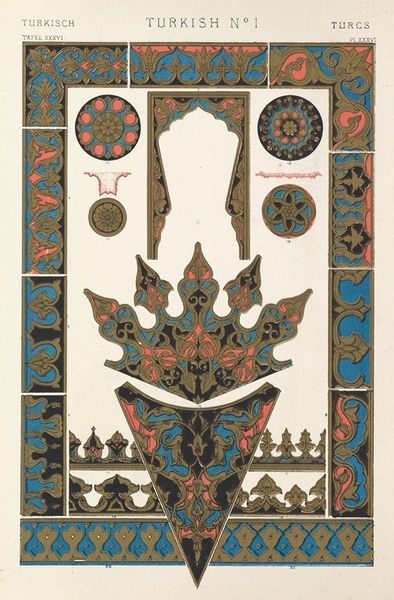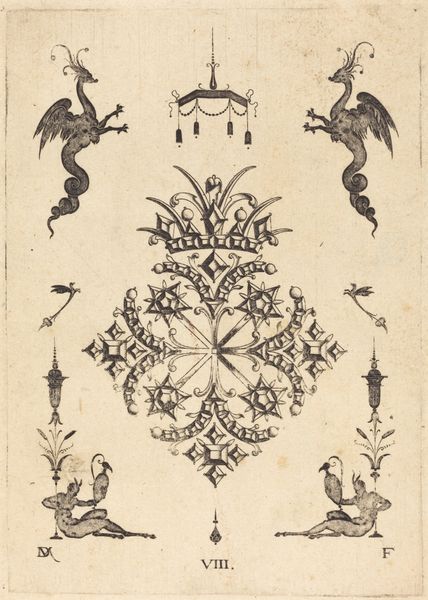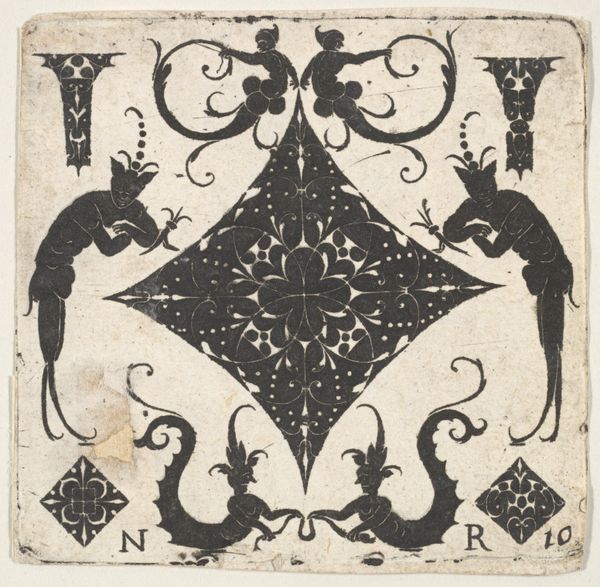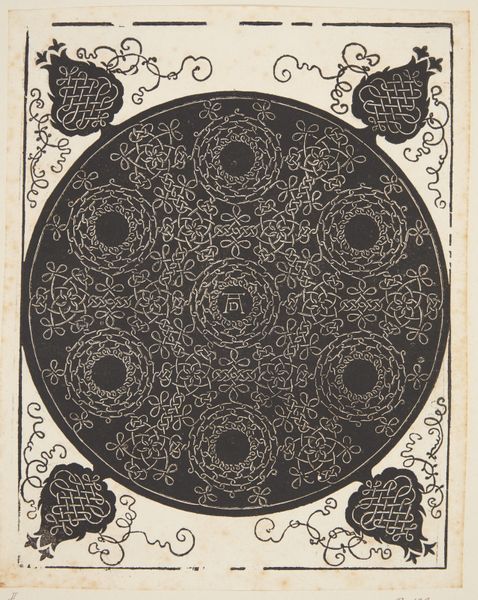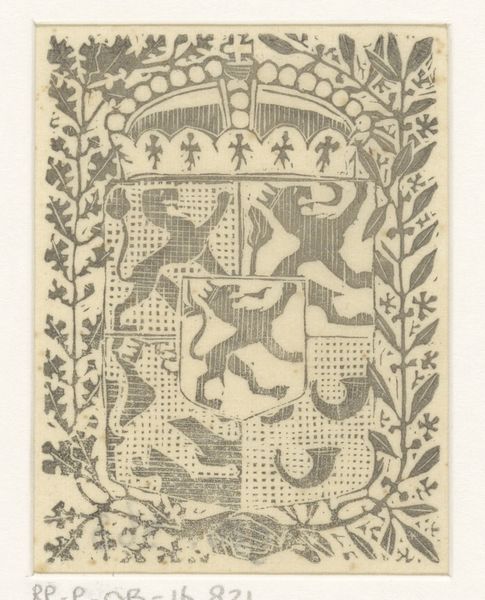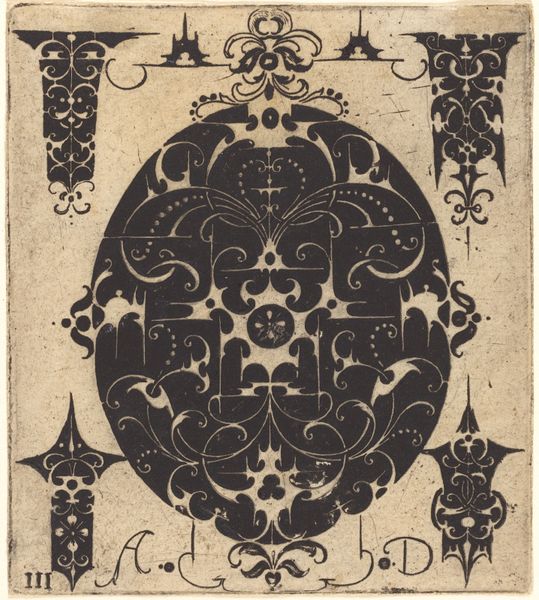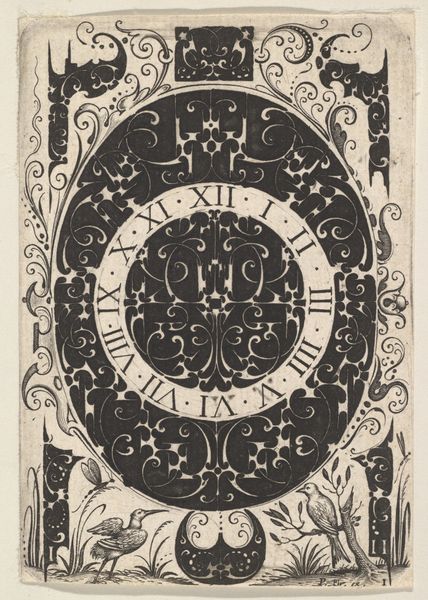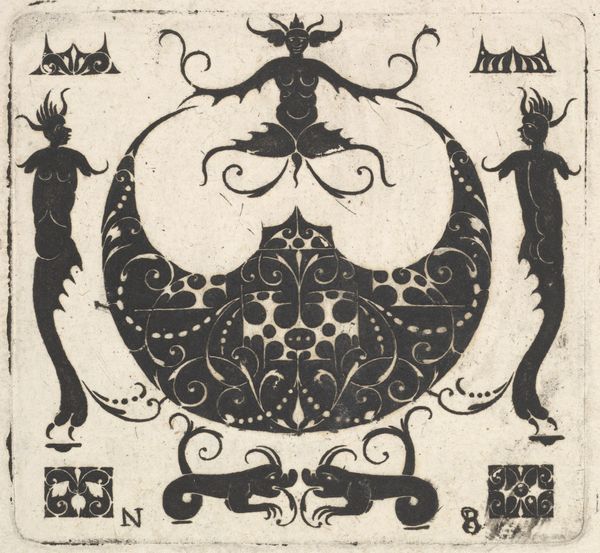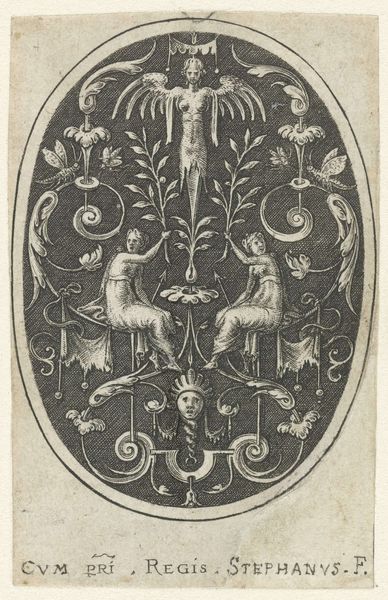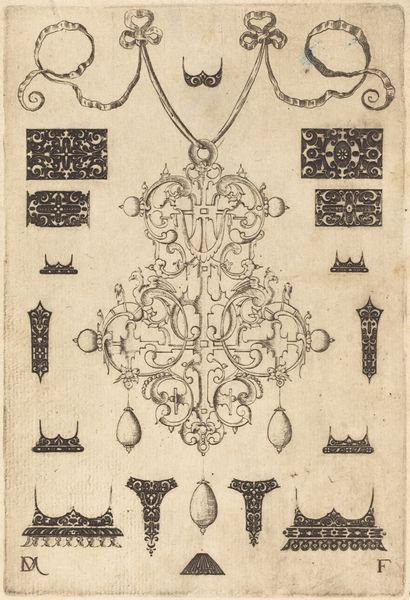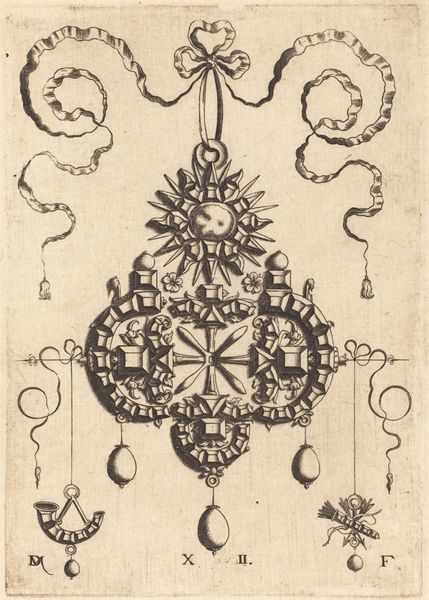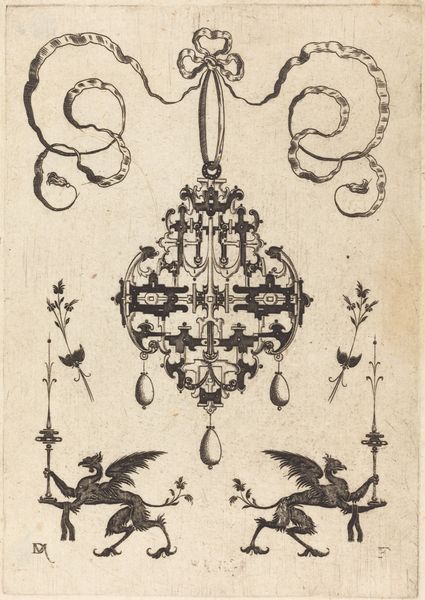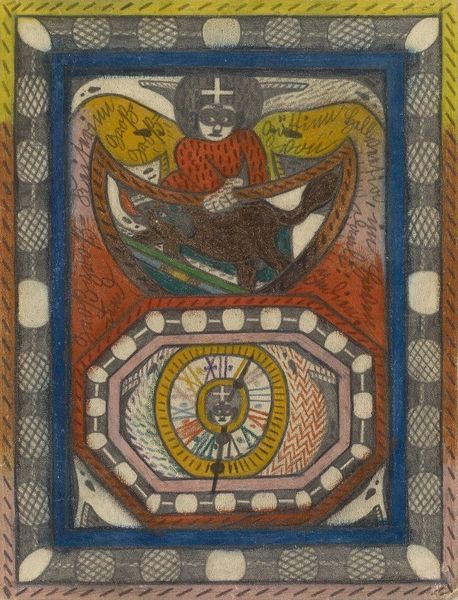
Dimensions: height 420 mm, width 210 mm
Copyright: Rijks Museum: Open Domain
Curator: It's a Theo van Hoytema calendar page for March, created in 1915, held here at the Rijksmuseum. I see an immediate connection with nature that perhaps reflects seasonal hope, in contrast with the tensions that were quickly enveloping Europe at the time. Editor: My initial impression is tactile. Look at how delicately Hoytema renders feathers, implying different weights and textures within the same species. And these colours – pale ink and watercolor washes… one wants to reach out and touch the paper, to examine the surface quality. Curator: Hoytema frequently used birds as symbols, imbuing them with cultural memory, suggesting a kind of visual vocabulary understandable to his contemporary viewers. The inclusion of different birds accompanying each number hints perhaps at themes of the everyday within something greater – as well as something knowable only at that exact place in time and within the cycle of months. Editor: I agree – and I think we can relate that to the painstaking printing process he clearly favored. Each month was meticulously crafted, perhaps suggesting an appreciation for the manual, a quiet resistance against increasingly industrial methods of production and visual representation? The laboriousness is key, particularly considering its function as something functional like a calendar. Curator: Yes! Each image presents itself as a microcosm. In these calendar sheets, there’s almost a subconscious connection to ideas about natural cycles and psychological transitions. The wulp at the top in flight and also preening feels symbolic of transformation. Editor: Precisely. Looking closely, the combination of ink and watercolour highlights a relationship with tradition and artistic material—and reminds us of printmaking’s accessibility. His aesthetic, seemingly simple, makes me wonder how widely distributed this piece would have been – or if this was part of a much larger portfolio, only meant for a select few buyers. Curator: That's a fine question to contemplate given its implicit sense of passing time. Overall, this calendar sheet becomes an intriguing reminder of the passage of days and a symbolic moment that has stayed remarkably constant through the years. Editor: Agreed. And from a materialist perspective, it pushes me to question how such ostensibly ‘minor’ pieces intersect with broader notions about the commodification of art and design, where these handmade images serve also to guide and assist.
Comments
No comments
Be the first to comment and join the conversation on the ultimate creative platform.
